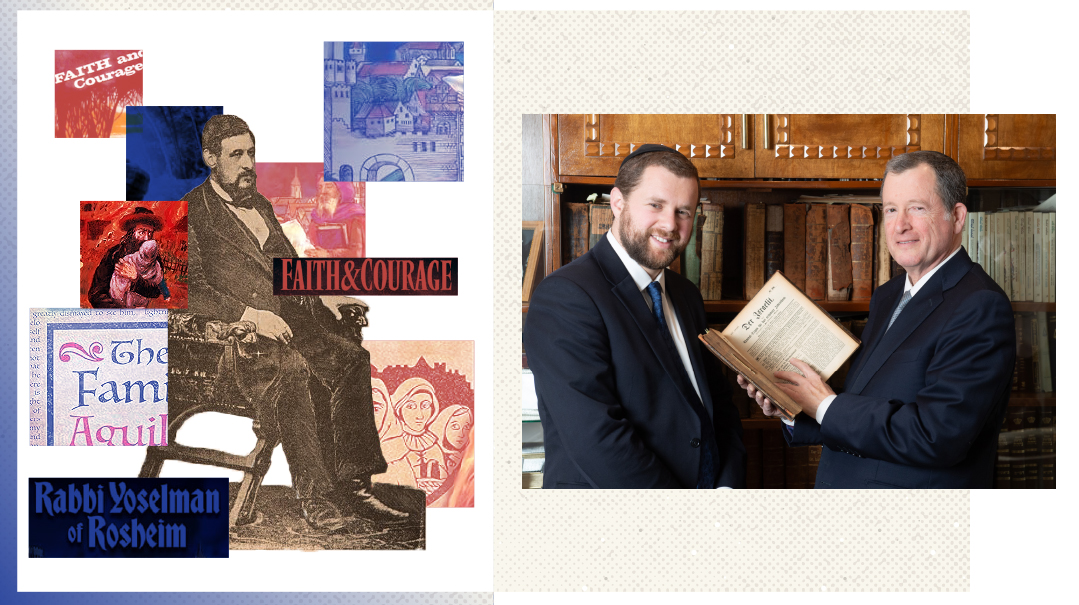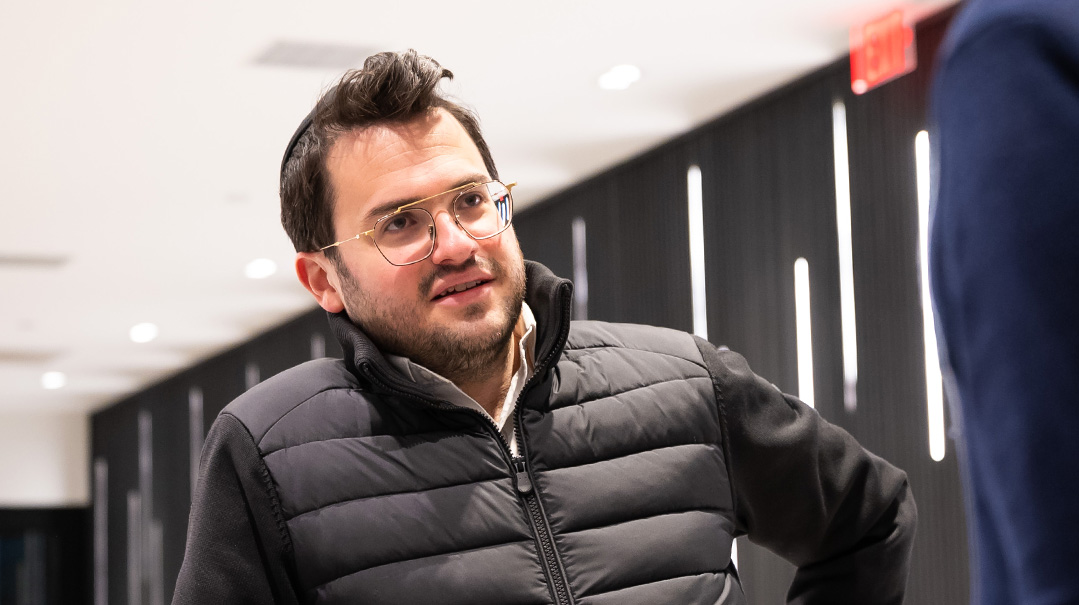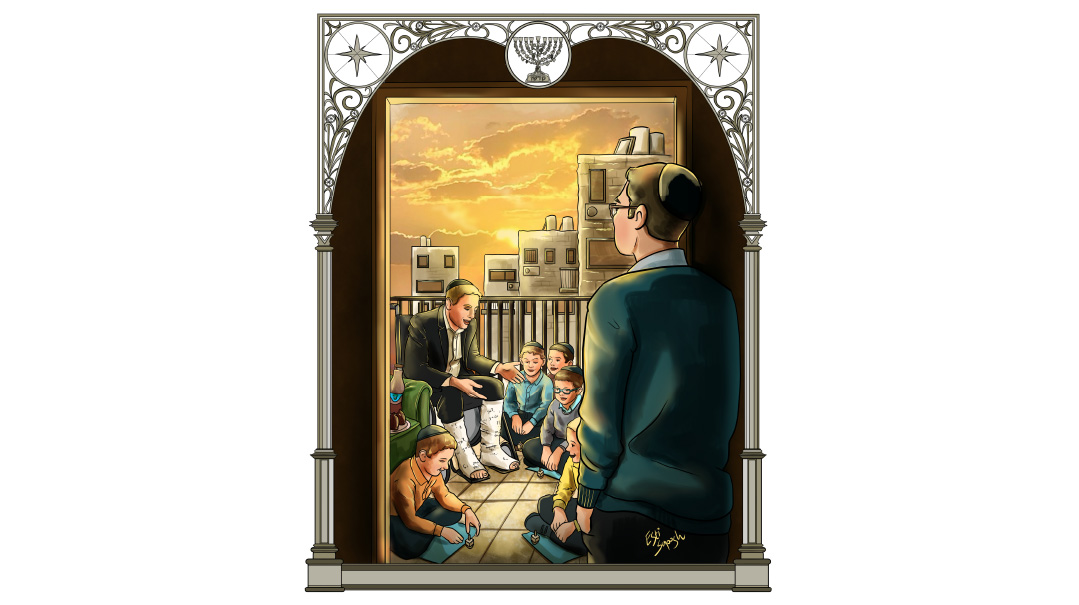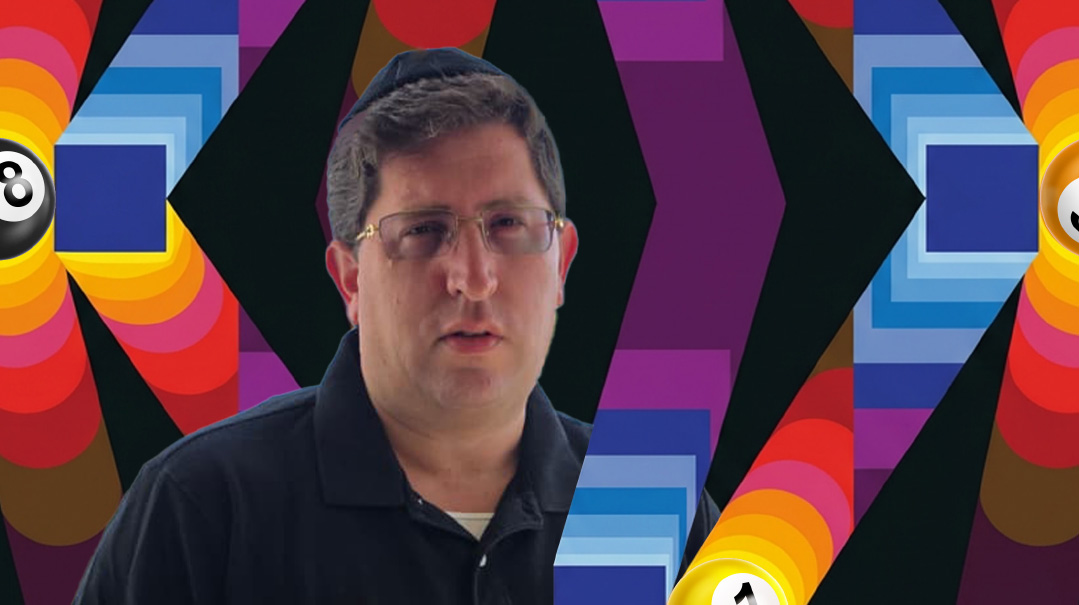Still in the Story

Rabbi Marcus Lehmann's pen instilled Jewish confidence in his generation and beyond

Photos: Jeff Zorabedian
While generations of readers grew up on the gripping stories by Marcus Lehmann, not all of them know that Rabbi Lehmann, whose 135th yahrtzeit is on 24 Nissan, was also a noted talmid chacham and vital player in the fight against the Reform movement.
As the winds of assimilation threatened to uproot Torah Judaism, he stood strong and tall,using the power of his pen to plant and cultivate Jewish pride and confidence in his generation and beyond
When Henry returned to his hotel, he... was more than a little surprised to see his foster father, Count Perlberg. The count rushed towards Henry and embraced him.
“My boy,” he called, “how are you?... May I congratulate you? Are you already Duke Montevecchio? Are you already engaged to Princess Melanie of Waldshut-Rimbach?”
“Count Perlberg...” Henry stuttered.
“Count? Why this formal address? Have you become too proud to call me uncle?”
“I did not dare to call you uncle anymore, since I have renounced both dukedoms and wish to be nothing but the Jew Henry Wertheimer.”
Speechless, the count stared at him.
“Have you lost your mind?”
–from Between Two Worlds by Rav Marcus Lehmann
IT
was a time of great change for European Jewry.
With the wave of liberalism that swept the Continent following the French Revolution, Jews — previously confined to ghettoes and the most limited occupations — achieved unheard-of rights by the mid-19th century: Voting, attending university, and a wide variety of professional careers were now within reach.
But the floodgates of “emancipation” brought along a whole new set of challenges for European Jews. Many Jews, heady with their new rights and eager to gain acceptance in a Christian-dominated society, began to shed their religious observance. Some, with their eyes on government positions and university professorships, even converted to Christianity.
Then there were those who believed that the only way to remain a Jew in the new, “enlightened” era was to “update” Judaism to modern times. If shuls were renovated to resemble churches, and kashrus and other “outmoded” mitzvos discarded, Jews could take pride in their heritage. Not only that, but they would also be more respected by Christian society and thus more likely to retain the tenuous rights they had so recently earned. Thus the Reform movement began.
By the mid-19th century, Reform — backed by local governments and influential community leaders — had taken over Jewish communities throughout continental Europe, particularly in Germany. Starting with changes such as introducing an organ to shul, as well as a mixed choir and prayers in German, Reform practices soon became increasingly radical. Reform leaders removed all references to Jewish nationhood and a return to Zion in the siddur, advocated to eliminate bris milah, and eventually even denied the Divine origin of the Torah. The threat to traditional Judaism was dire.
It was into this turbulent time — with Orthodoxy on the defensive and Reform considered the future of Judaism in many parts of Europe — that Rav Mayer (Marcus) Lehmann, rav, newspaper publisher, author, and staunch defender of Torah-true Judaism, was born.
You do not understand these things, dear rabbi. You are still rooted with your views in an older age, and you cannot rise to the powerful ideas of the present. The ancient barriers which separate us from our Christian fellow-citizens have fallen, or are gradually falling. We must fraternize with them; we must break down the barriers, which still distance us from them. We must eat with them, celebrate the same festivals, and intermarry with them.
—Herr Phillipsohn, from Portrait of Two Families
Oops! We could not locate your form.







